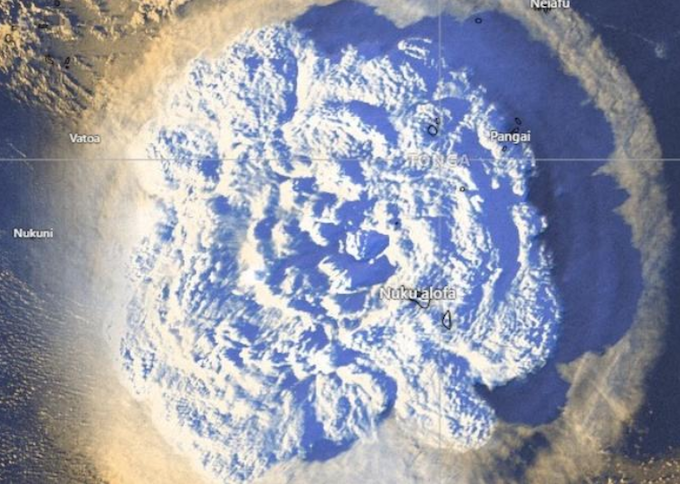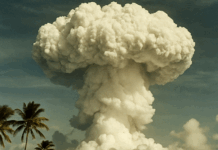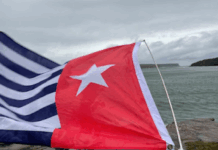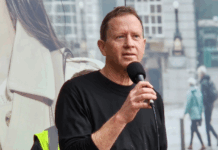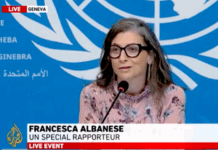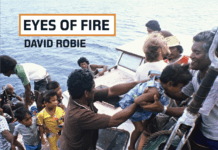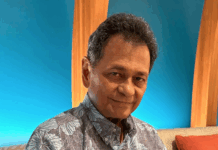This video shares the ham radio communication efforts for disaster relief after the Hungas twin eruotions in Tonga on January 15. Video: Ham Radio DX
That epic undersea eruption in Tonga was heard around the region – and recorded and analysed in minute detail, even from space. But a comprehensive communications wipeout cut reporters off from sources for days. So how do they cover a story with almost no access? RNZ Mediawatch presenter Colin Peacock reports.
The Hunga Tonga-Hunga Ha’apai island’s convulsion was heard around the region and detected all over the world — and also captured in jaw-dropping satellite images showing large chunks of the island obliterated.
They were blasted more than 20 km into the air and dramatic livestream videos from Tonga on January 15 showed some of it coming back down again.
- LISTEN TO RNZ MEDIAWATCH: The sounds of the Hungas twin eruption
- READ MORE: Other reports on Tonga’s Hungas volcano eruption
But it was far from clear from those vivid vignettes just how widespread the damage was or how deadly the disaster had been.
And then it all went quiet.
Phone lines went dead and the cable carrying internet communications to and from Tonga was cut.
Getting much more from Tonga was all but impossible for days.
“I have worked in a lot of emergencies but this is one of the hardest in terms of trying to get information from there,” acting United Nations co-ordinator Jonathan Veitch told RNZ four days later.
“With the severing of the cable they’re just cut off completely. We’re relying 100 percent on satellite phones,” he said.
Five days later – still a silence
Five days after the eruption RNZ Pacific manager Moera Tuilaepa-Taylor told RNZ’s Morning Report things still weren’t much better.
“I’ve covered quite a lot of disasters in the Pacific region – and it’s the first disaster where there has been complete silence. We just heard nothing,” she said.
“The Australian High Commission has been providing a sat phone and so people have been trying to reach their families just to make sure that they’re okay.”
But even the sat phones weren’t always reliable — with all the gunk in the atmosphere interfering with signals.
What other options were there?
A ham radio group in Australia reported no response to its signals to Tonga.
The same day, a San Francisco CBS TV station reported ham radio operators there also transmitting in vain.
“It’s a part of the world it’s difficult from this area to reach. But in Australia and New Zealand they should start hearing lots,” ham radio operator Dick Wade told KPIX5.
But that didn’t happen.
Working around a blackout
“We had contact with our friend and journalist on Nuku’alofa — Marian Kupu — just after the eruption. But after making that initial contact on the phone, we couldn’t reach her at all until five days later,” Michael Morrah, Newshub’s Pacific correspondent told Mediawatch.
“Even during category 4 and 5 cyclones, I haven’t experienced a situation where phones and social media were down for such a long period of time,” Morrah said.
“The prime minister told me just one local radio station was functional after the eruption and able to transmit — which was pretty fortunate as they could get the message out that a tsunami threat was in place,” he said.
“But even interviewing the the PM was tricky. I texted him on his sat phone and then he went to another building where the internet was quite good and that allowed us to do a Zoom,” he said.
“One of the first places where news and information came from was the Ha’apai group. They managed to get a connection up using a setup provided by the University of South Pacific.”

“I’ve traveled to Ha’apai a number of times before and have used this connection to get stories. It’s quite a small sort of makeshift building on a hill and I don’t know exactly how it works. This has been a key method of communication for the residents there too, who have been packed inside this little building talking to people on Facebook.”
After days without communications, reporters and editors also struggled to judge the extent of devastation — and the importance of the story.
Agonising wait for families
Had the crisis peaked — and it was already a matter of recovery? Or was the situation even worse and absolutely desperate? Should the be story on the way out of the headlines — or one the world’s media should be highlighting?
“The relevance and importance of the story actually increased in the absence of being able to speak to people on the ground, as stories swiftly shifted to the agonising wait for families here in New Zealand to hear their loved ones were okay,” Morrah told Mediawatch.
“We eventually established that islands had been wiped out and homes destroyed. I went about tracking down people who grew up on Mango and could provide some insight about who lives there — and what it was like before the eruption,” Morrah said.
In the absence of footage from Tonga, the relief effort here was centre-stage in TV bulletins. People were desperate to contribute but they also needed to know what to send and where it should go.
“I spoke to a woman packing up food and water who had managed to make contact (with her family) just a few hours before. They told her what they really needed is an electric frying pan because gas supplies are running low — and a water-blaster because ash is just everywhere.
“These items were a bit more difficult to pack into a barrel but may have been pretty crucial,” he said.
No access all areas
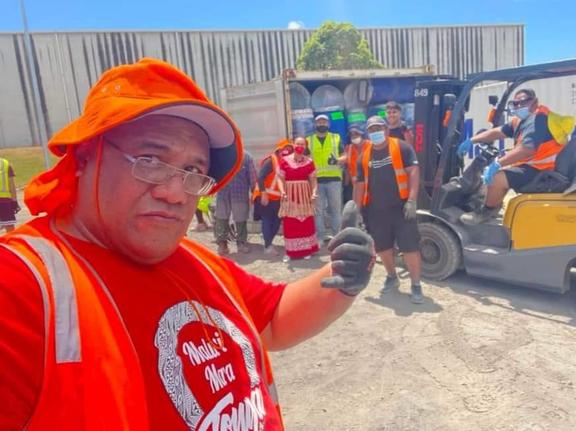
For reporters the best option is to go and see for yourself — but in the covid era that is even more complicated.
Even with the logistical might of the Royal Australian Navy behind it, the HMS Adelaide turned into a “covid carrier”. More than 20 crew members tested positive after setting out with crucial supplies for Tonga, which is still covid-free.
“In normal times I would have been on the first flight out of Auckland — or asking whether we could travel with the New Zealand Defence Force. But of course, their main concern is also covid-19,” Morrah said.
“Even if you’re a resident of Tonga returning on one of these packed-out repatriation flights, you must do three weeks in MIQ. Tonga has done an incredible job at keeping covid-19 at bay and the prime minister told me he is adamant that it must remain that way.” (Another outbreak with a lockdown began in Tonga this week).
Down the years, Pacific issues have often been out-of-sight and out-of-mind in New Zealand news media — not a good thing, given the number of people Pacific Island origin who live here and have deep connections.
Could the scale and drama of this disaster spark greater general interest in Tonga — and in life elsewhere in the Pacific?
“I think it absolutely will. When the first aerial pictures came out — the first time that anyone had had a glimpse into what was actually going on on these outer islands — our digital team got in touch with me to say (our story) had gone gangbusters online.
“Thousands of people around the world have been watching — and for the entire duration of the story,” Morrah said.
“There is huge interest in what’s happening in the Pacific. We do have a huge Pacific population in New Zealand — and there’s the heightened interest among the New Zealand audience and the world,” he said.
This article is republished under a community partnership agreement with RNZ.
